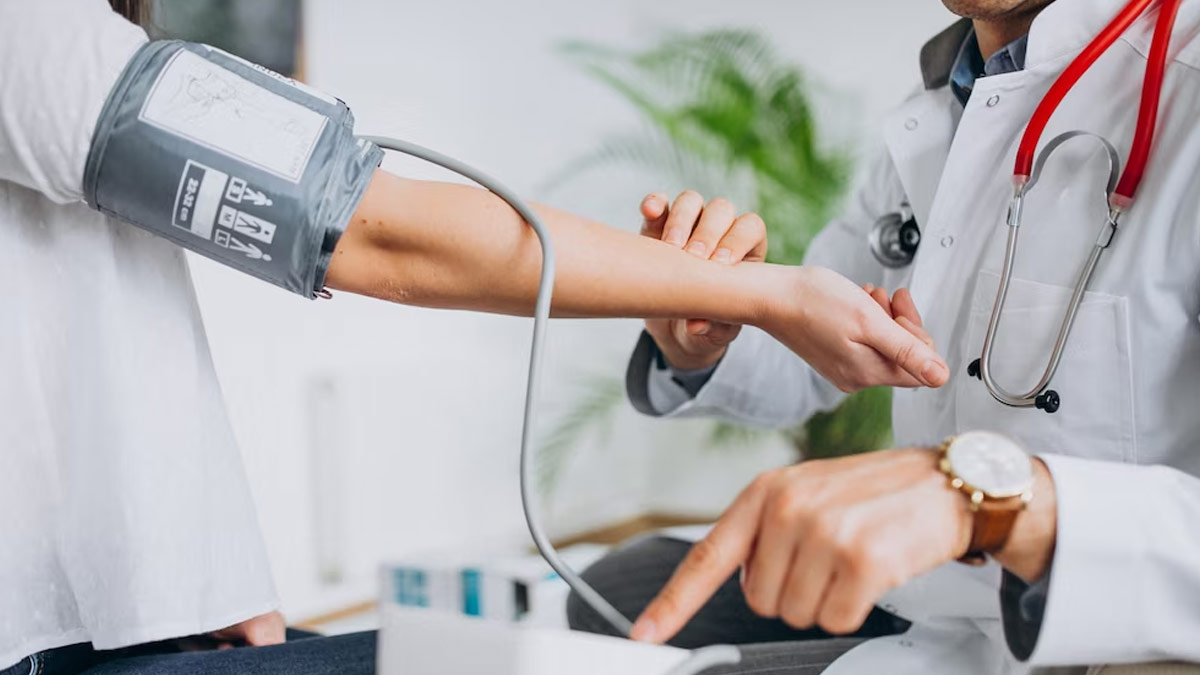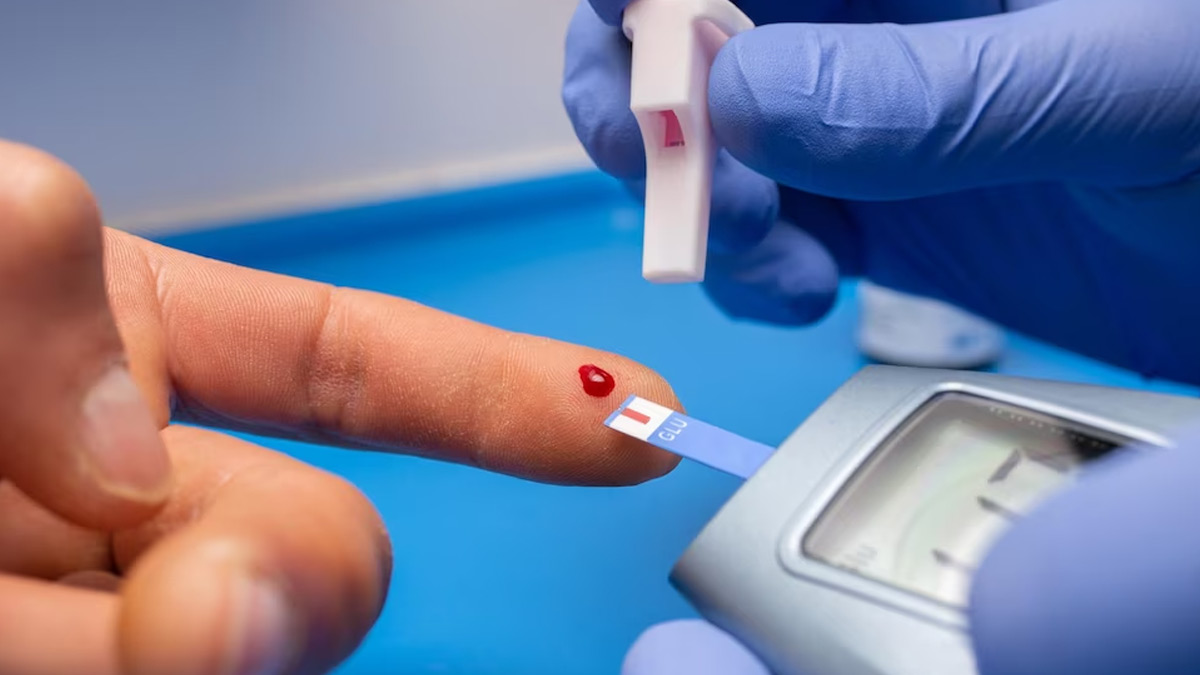
Hypertension is defined as having blood pressure higher than what is considered normal for one's age. Traditionally, the diagnosis of hypertension is associated with adults in their 30s or 40s. However, it is becoming increasingly clear that children and adolescents can also develop high blood pressure.
Table of Content:-
“With the changing lifestyles of children, the incidence of obesity is rising. Many children are so engrossed in their studies that they rarely find time for physical activities. This sedentary lifestyle, combined with poor eating habits, is contributing to a growing number of young people developing hypertension,” Dr Vaibhav Keskar, Consultant Nephrology, Fortis Hospital Mulund said.
Rising Incidence of Hypertension in Children
“A child aged 13 or older is diagnosed with hypertension if their blood pressure consistently exceeds 130/80 mmHg. For younger children, the threshold varies based on age, gender, and height. Measuring blood pressure in children is not difficult, but because hypertension in this age group is not widely recognized, it often goes undiagnosed,” said Dr Kesar.

Also read: Hypertension: Here Are 7 Most Overlooked Causes Behind It
“A recent survey conducted by paediatricians and nephrologists found that approximately 7.5% of students in the 8th and 9th grades had hypertension. If this trend continues, we could face an epidemic of cardiovascular diseases (CVD) in young adults in the near future. This is particularly concerning for countries like ours that rely on a youthful demographic for economic growth and development,” Dr Keskar added.
The Dangers of Undetected Hypertension
“If hypertension is detected late or not adequately controlled, it can damage vital organs such as the brain, heart, and kidneys. The resulting organ damage is typically difficult to treat and can significantly impact life expectancy. Early detection and management are crucial to prevent these serious health consequences,” Dr Kesar added.
Also read: How To Recognise Postpartum Hypertension: Management Tips
Preventing and Managing Hypertension in Teens
Managing hypertension in teens starts with addressing the risk factors that contribute to its development. Promoting healthy eating habits to prevent obesity, reducing salt intake, and increasing physical activity are key strategies in preventing hypertension. Regular screening for hypertension is also essential. According to the American Academy of Pediatrics, every child over the age of three should have their blood pressure checked. Early diagnosis not only facilitates better blood pressure control but also helps prevent future organ damage.

Lifestyle Modifications and Medical Interventions
Teens diagnosed with hypertension should make lifestyle modifications to improve their dietary habits and increase physical activity. Parents play a crucial role in supporting their children to lose weight if they are overweight.
In some cases, consulting a hypertension specialist or nephrologist and starting medication may be necessary. Occasionally, an underlying condition such as kidney disease or a genetic disorder may be the cause of hypertension. Timely diagnosis and treatment of these conditions can lead to better management of hypertension.
The Importance of Early Detection and Treatment
Hypertension in teens and adolescents is a significant health issue that requires early detection and effective management. With appropriate lifestyle changes, it is possible to successfully treat and manage this condition.
Hypertension is not just an adult problem; it affects children and adolescents as well. With the increasing prevalence of obesity and sedentary lifestyles among children, the incidence of hypertension is on the rise. Regular screening, healthy eating, physical activity, and early intervention are crucial in managing hypertension in young people. By addressing this issue promptly, we can prevent the long-term health consequences associated with hypertension and ensure a healthier future for our children.
Also watch this video
Read Next
Understanding Sprains, Strains, Fractures, and Ligament Tears: Expert Insights and Recovery Tips
How we keep this article up to date:
We work with experts and keep a close eye on the latest in health and wellness. Whenever there is a new research or helpful information, we update our articles with accurate and useful advice.
Current Version